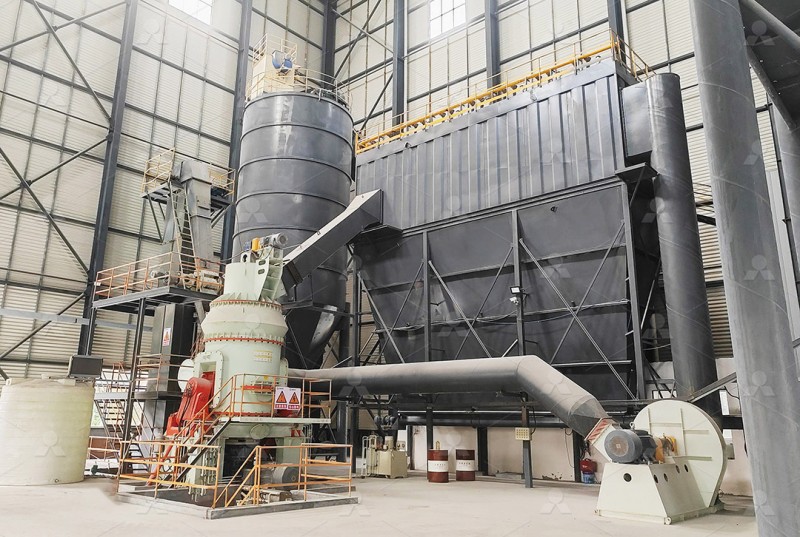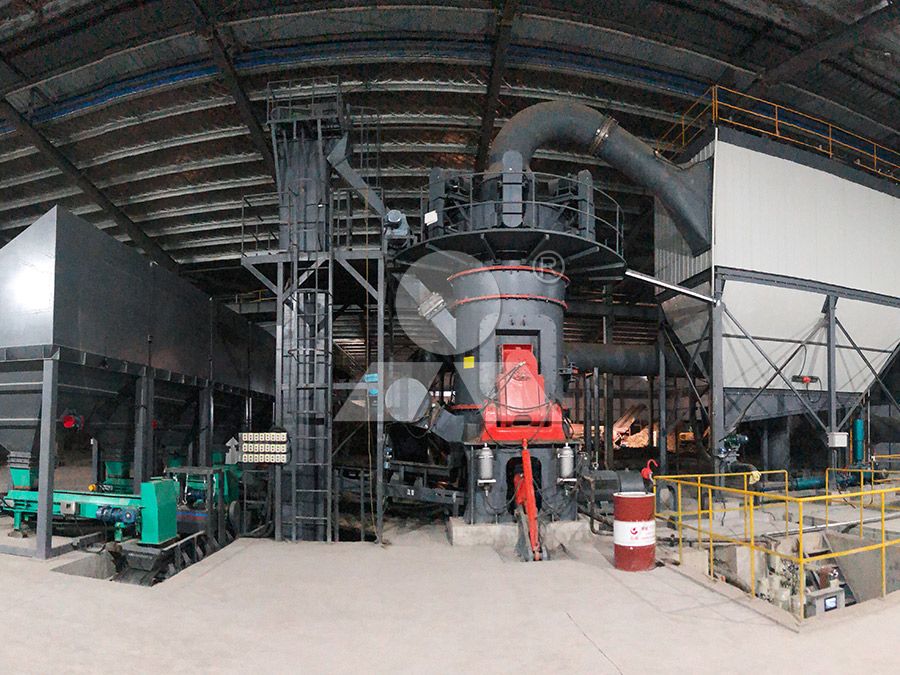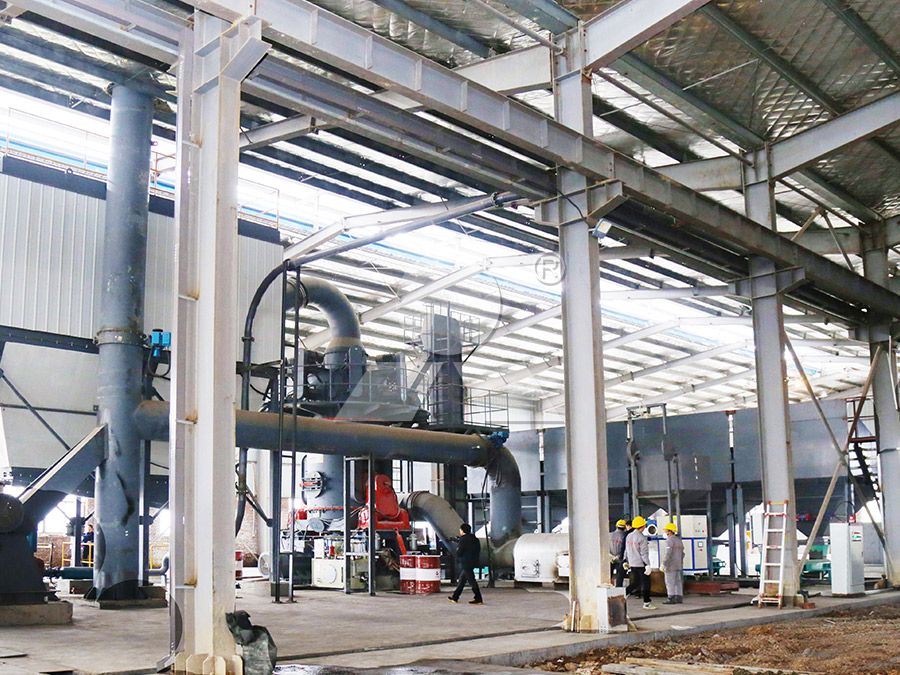Ultra Large Water Slag Grinding Mill for High-Capacity Industrial Applications
Meeting the Demands of Modern Industrial Slag Processing
In today’s rapidly evolving industrial landscape, the efficient processing of water slag has become increasingly critical for construction materials, cement production, and environmental sustainability initiatives. Water slag, a byproduct of steel production, presents both a disposal challenge and a valuable resource when properly processed into fine powder for various industrial applications. The transformation requires specialized grinding equipment capable of handling large volumes while maintaining precise particle size distribution and operational efficiency.

The challenges in water slag processing are multifaceted. Material characteristics vary significantly between production sources, moisture content can impact processing efficiency, and the abrasive nature of slag accelerates equipment wear. Furthermore, environmental regulations demand dust-free operations and noise control, while economic pressures require energy-efficient solutions with minimal downtime. These factors collectively underscore the need for advanced grinding technology specifically engineered for high-capacity slag processing.
Advanced Grinding Solutions for Industrial Slag
Modern slag grinding operations require equipment that integrates multiple functions while delivering consistent performance. The ideal solution must combine robust construction with precision engineering to handle the unique challenges posed by water slag’s physical properties. Key considerations include the ability to process varying input sizes, maintain stable operation with abrasive materials, and provide flexible control over final product fineness.
For operations requiring throughput between 7-100 tons per hour with input sizes ranging from 38-65mm, the LM Vertical Slag Mill represents a significant advancement in grinding technology. This specialized equipment integrates drying, grinding, powder selection, and conveying into a single, compact system. Its vertical structure reduces the covered area by approximately 50% compared to traditional ball milling systems, while energy consumption is reduced by 30-40%. The integration of multiple processes into one device substantially lowers investment costs while improving operational efficiency.

Technical Innovations in Slag Grinding
The grinding chamber design represents a critical advancement in slag processing technology. By eliminating rolling bearings and screws from the grinding chamber, modern mills prevent common failure points and reduce maintenance requirements. External lubrication systems enable continuous 24-hour operation without shutdowns for maintenance, dramatically improving production uptime.
Dust control represents another area of significant innovation. Efficient pulse dust collection systems ensure no dust pollution occurs during operation, while silencers and noise elimination rooms maintain workplace comfort and regulatory compliance. These environmental considerations are built into the core design rather than added as afterthoughts, reflecting the industry’s evolving standards for sustainable operation.
For operations requiring different capacity parameters or dealing with various material types, the MW Ultrafine Grinding Mill offers complementary capabilities with input sizes of 0-20mm and capacity ranging from 0.5-25 tph. This equipment features newly designed grinding curves that enhance efficiency, delivering 40% higher production capacity than jet grinding mills with the same fineness and power requirements. The adjustable fineness between 325-2500 meshes provides exceptional flexibility for different application requirements.
Operational Advantages in Real-World Applications
The practical benefits of advanced slag grinding technology extend beyond technical specifications. In cement production, the consistent quality and precise particle size distribution achieved through modern grinding systems improve final product performance. The short material retention time in vertical mills reduces repeated grinding and enables better control over product characteristics.
Maintenance considerations have been fundamentally reengineered in contemporary grinding systems. The reversible structure of advanced mills allows operators to easily move grinding rollers out of the body for inspection and replacement, significantly reducing downtime. Digital monitoring systems provide real-time operational data, enabling predictive maintenance and optimizing performance parameters.

Future Directions in Slag Processing Technology
As industrial requirements continue to evolve, grinding technology must adapt to meet new challenges. The integration of smart monitoring systems, automated adjustment capabilities, and enhanced energy recovery represents the next frontier in grinding equipment design. These advancements will further reduce operational costs while improving product consistency and environmental performance.
The digital transformation of grinding operations is already underway, with numerical control systems managing everything from steel plate cutting to final assembly. This digital precision ensures consistent quality across all components, particularly for core parts where exact tolerances are critical to performance and longevity.
Frequently Asked Questions
What makes water slag grinding different from other material grinding processes?
Water slag possesses unique abrasive characteristics and moisture content that require specialized grinding equipment. The material’s tendency to cause accelerated wear demands robust construction and specific grinding chamber designs that minimize direct contact between components.
How does the LM Vertical Slag Mill achieve energy savings compared to traditional systems?
The vertical design integrates multiple processes into a single unit, reducing energy losses between stages. The grinding mechanism itself is more efficient, with specialized roller and table designs that optimize material-bed grinding principles. These innovations collectively reduce energy consumption by 30-40% compared to ball mill systems.
What maintenance advantages do modern slag grinding mills offer?
Contemporary designs feature external lubrication systems, reversible structures for easy component access, and wear-resistant materials that extend service intervals. The absence of rolling bearings and screws in the grinding chamber eliminates common failure points, while digital monitoring enables predictive maintenance.
How important is particle size control in slag powder applications?
Extremely important. The performance of slag powder in concrete, cement, and other applications depends heavily on particle size distribution. Modern grinding systems with advanced separator technology can precisely control fineness between 325-2500 meshes to meet specific application requirements.
What environmental considerations are addressed in current slag grinding technology?
Modern systems incorporate pulse dust collectors, silencers, and fully enclosed negative-pressure operations to prevent dust emissions. Energy-efficient designs reduce overall power consumption, while durable components minimize waste from frequent replacements. The entire production process is designed to meet stringent environmental protection standards.
